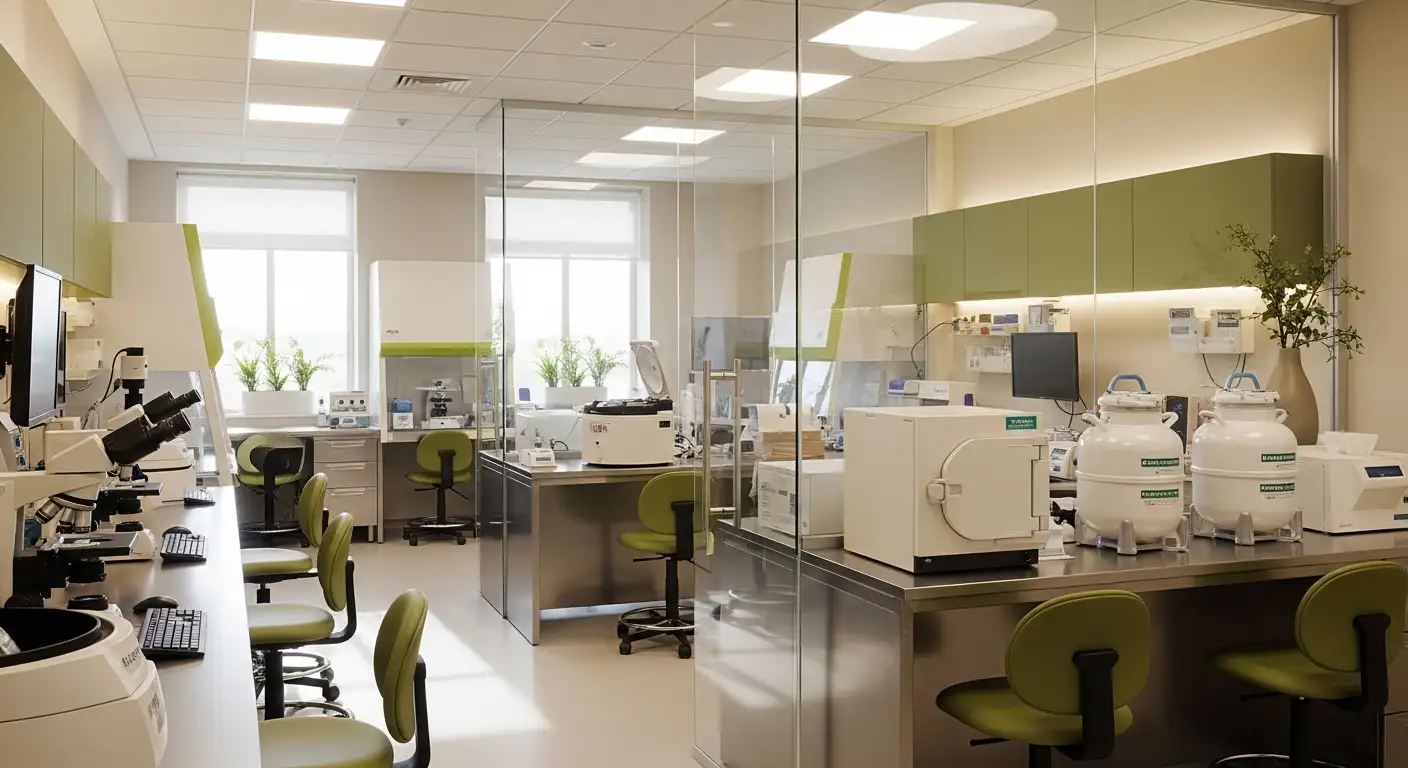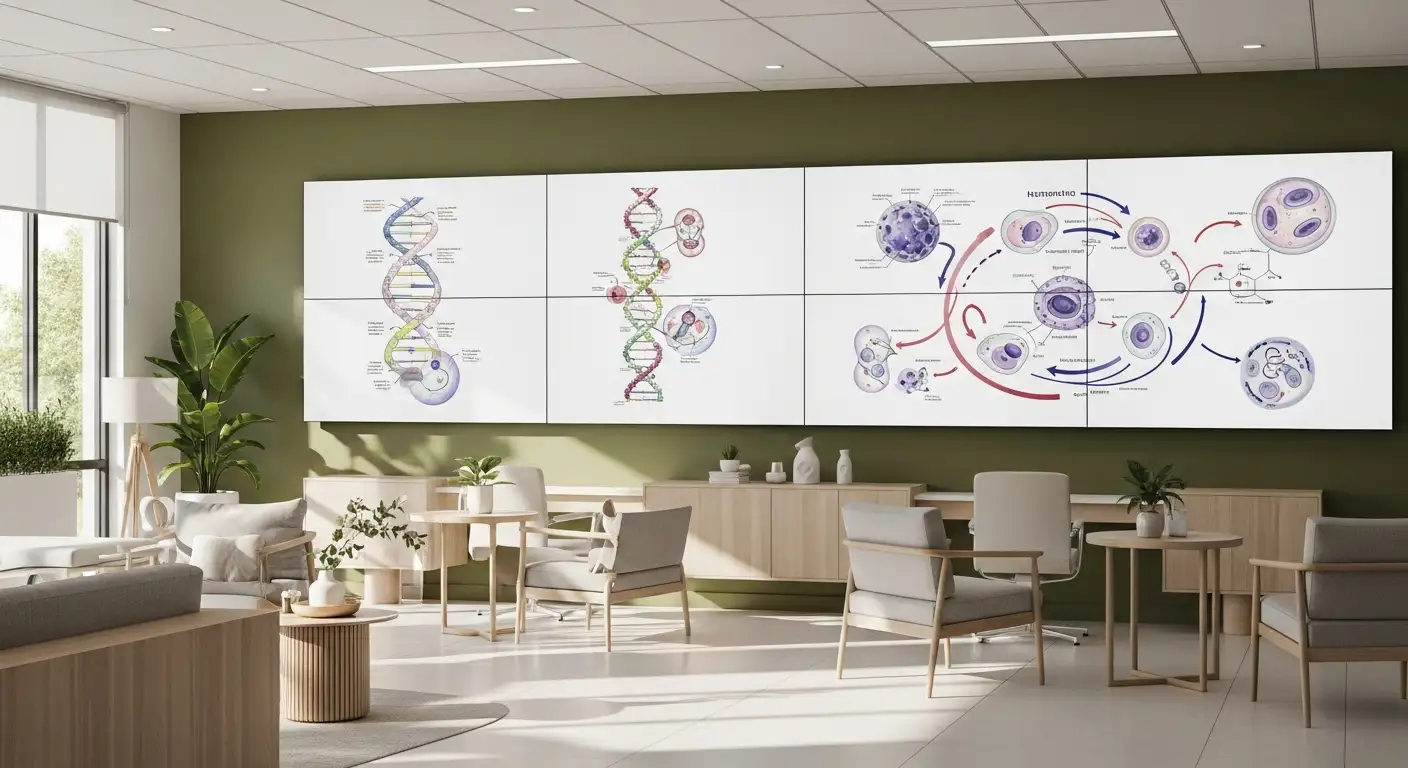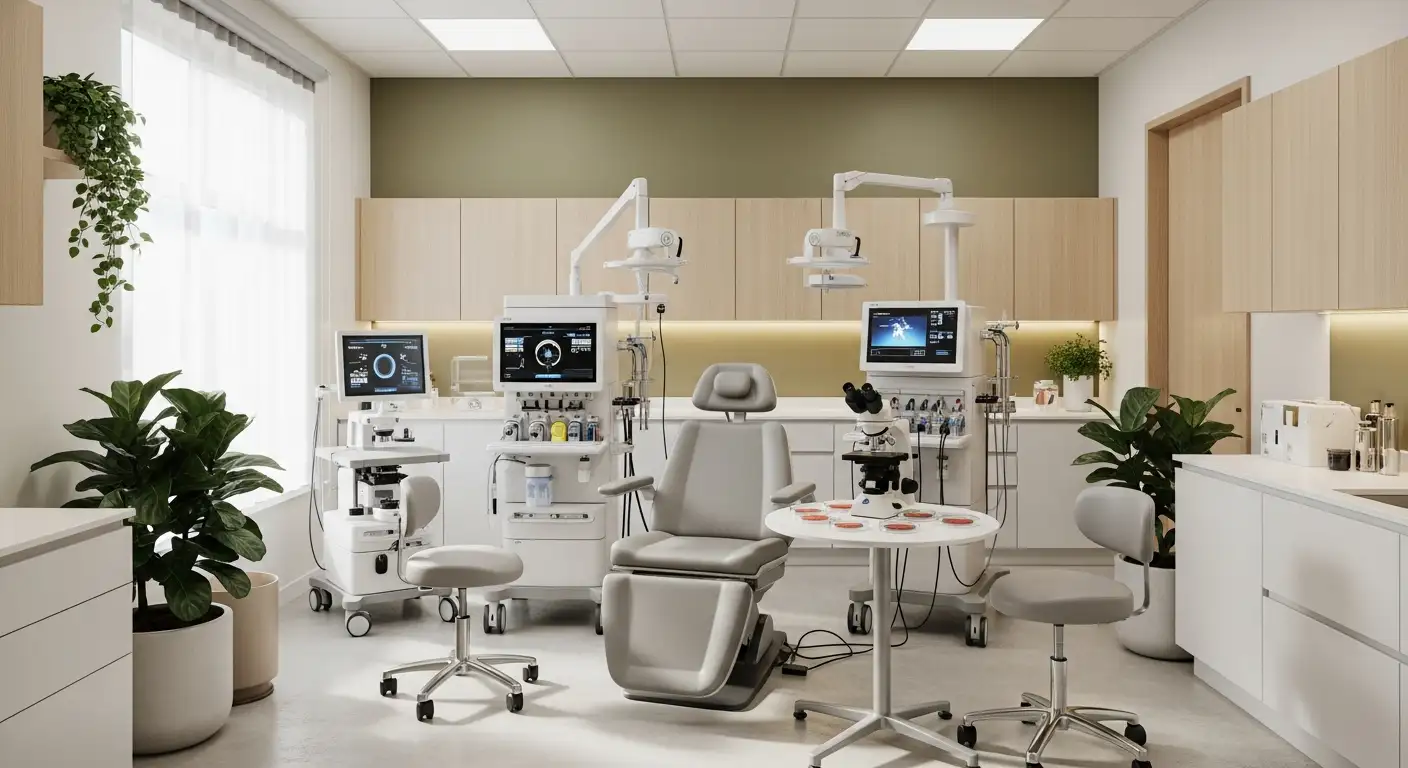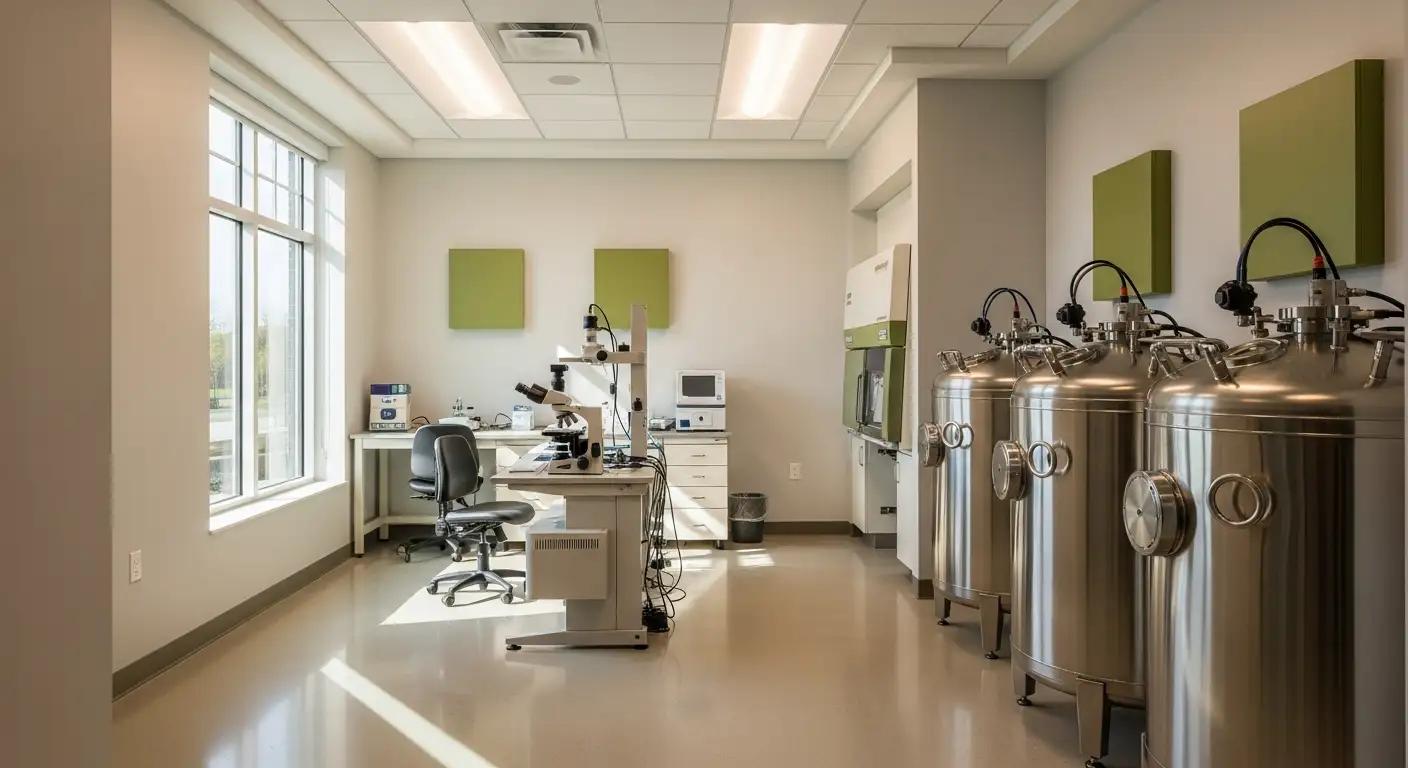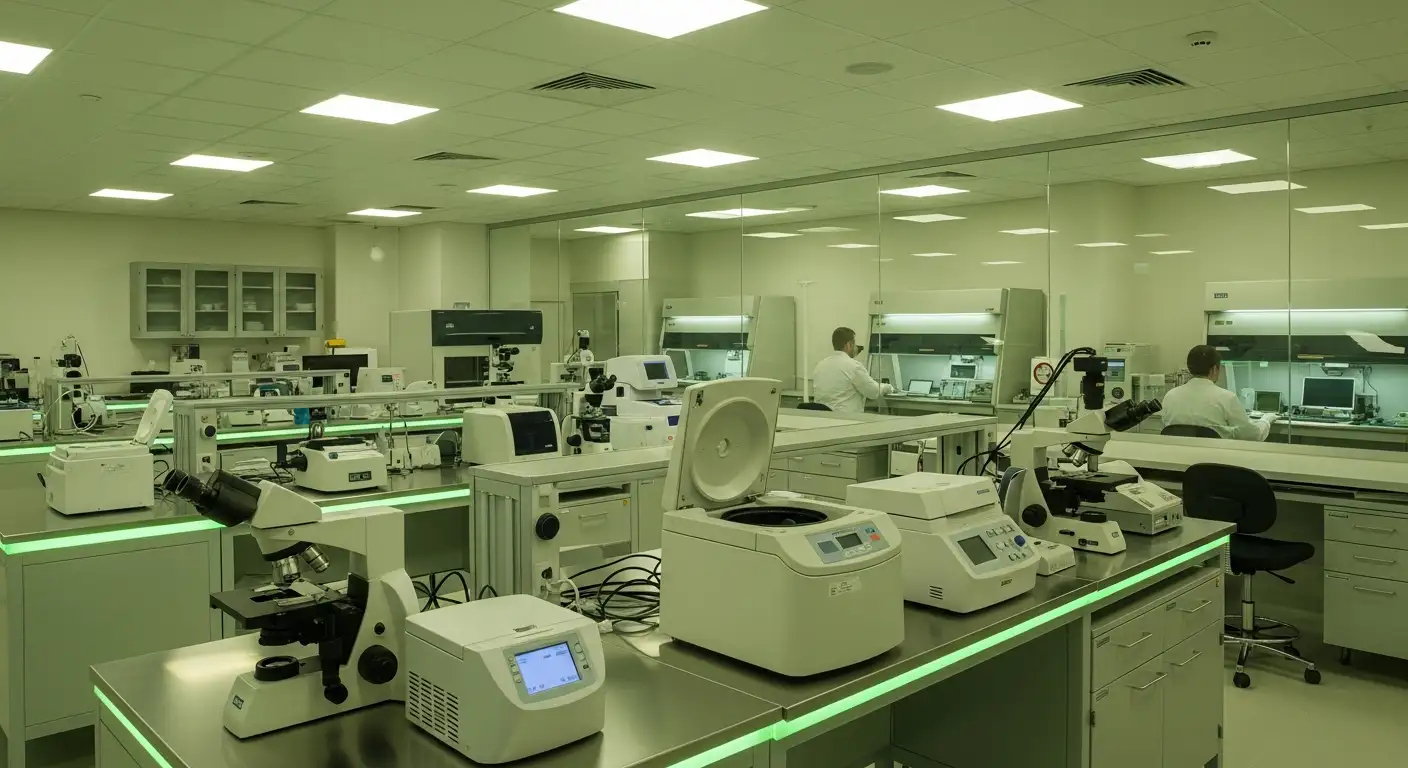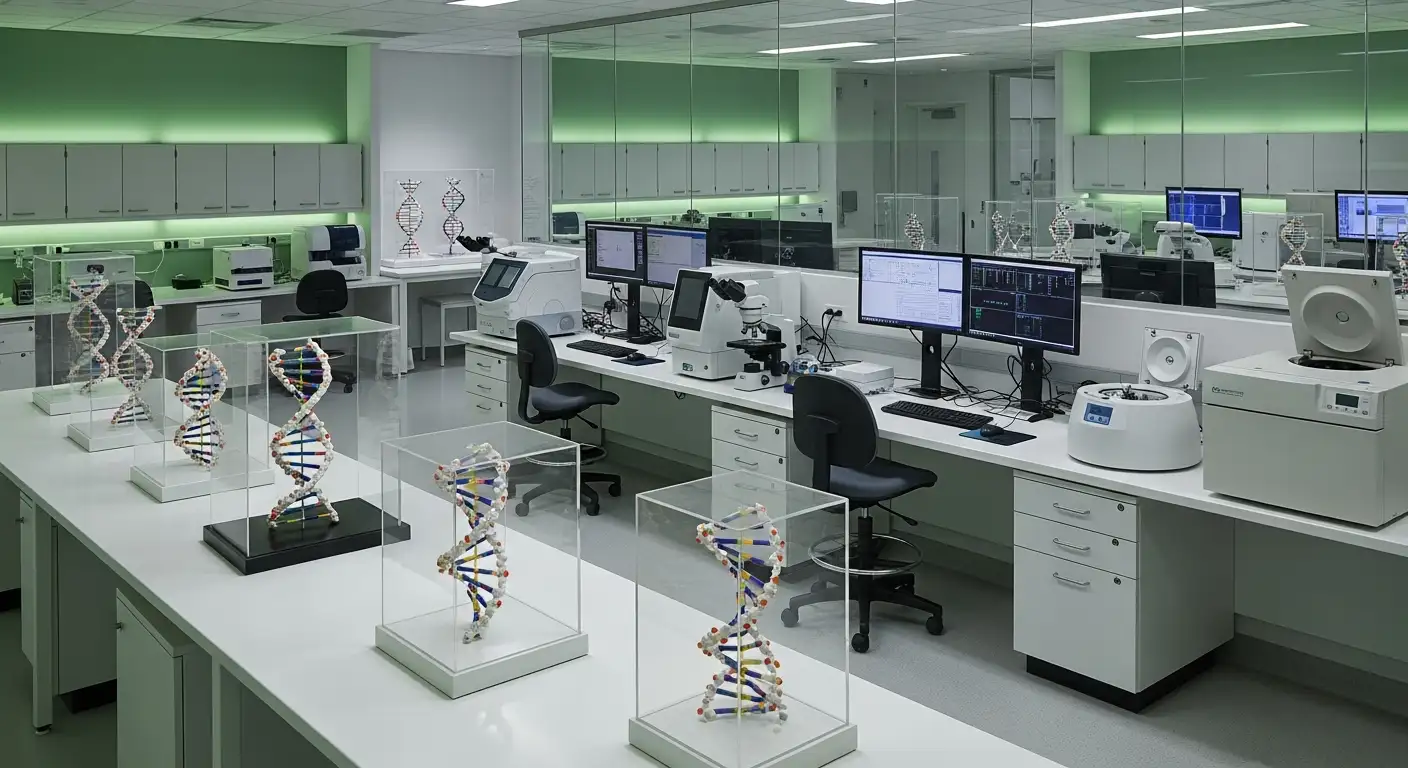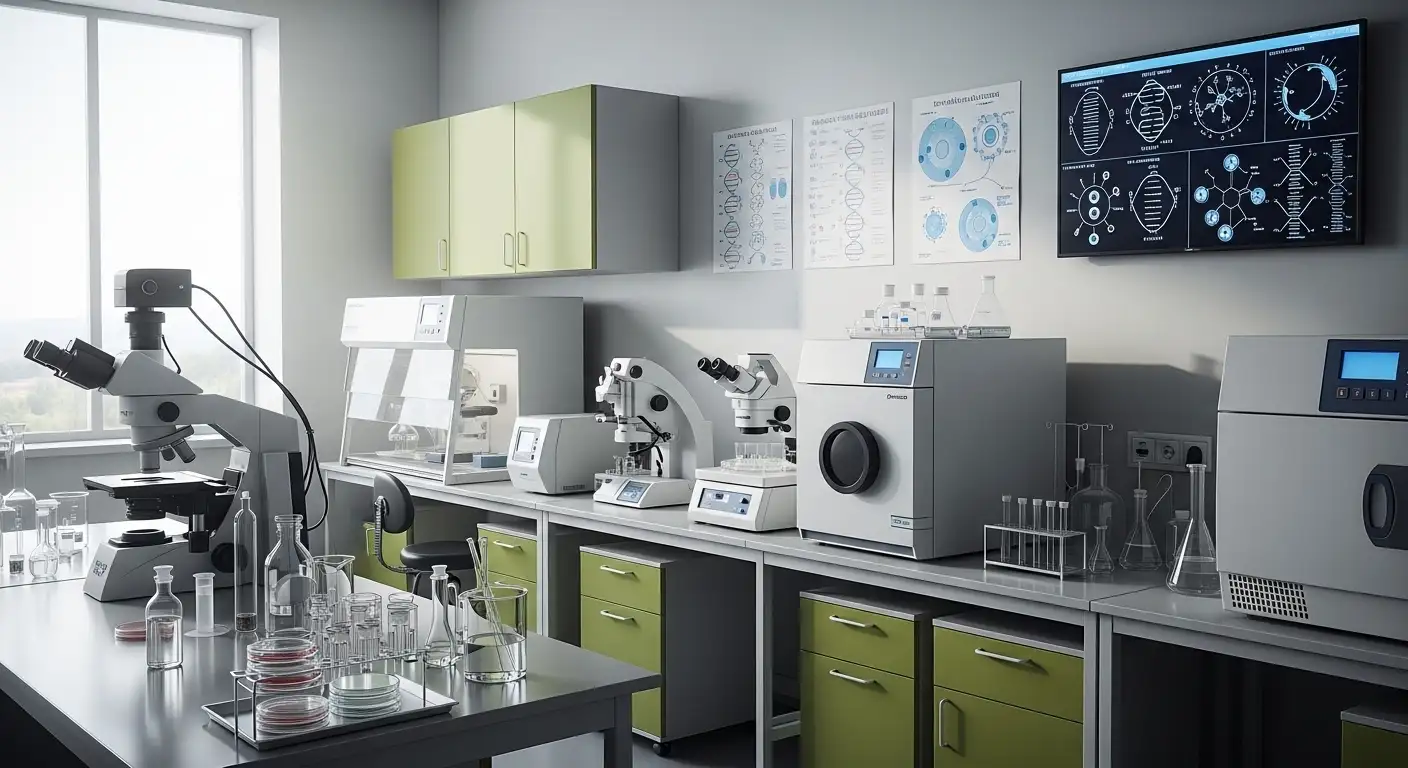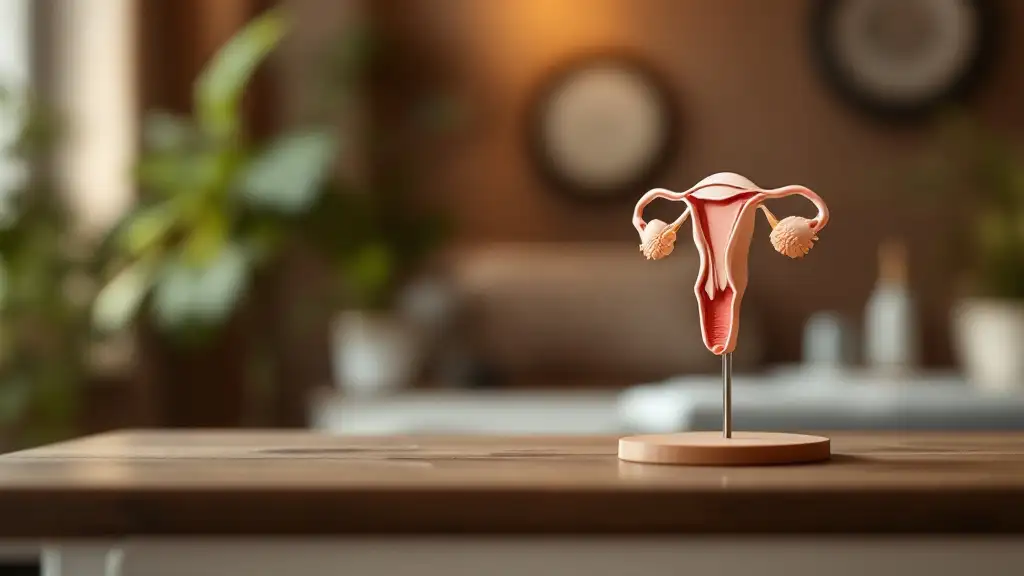How Age Affects Fertility: What You Need to Know
Understanding the Impact of Age on Reproductive Potential

Introduction to Fertility and Age
Fertility is a complex interplay of biological, environmental, and lifestyle factors, but age remains the most significant determinant. Whether considering natural conception or assisted reproductive technologies, understanding how aging influences fertility can help individuals and couples plan effectively for their reproductive futures. This article provides an in-depth look at how age impacts fertility in both women and men, the biological changes involved, associated risks, and available options to preserve or enhance reproductive potential.
The Biological Basis of Fertility Decline with Age

How does age affect fertility in males and females?
Fertility in women begins to decline subtly in their early 30s, with a more noticeable decrease after age 35. By age 40, the chance of conceiving naturally in any given month drops to less than 5%. This decline is primarily due to the decreasing number and quality of eggs stored in the ovaries. Women are born with around 1 to 2 million eggs, but this number diminishes over time, reaching about 25,000 by age 37 and around 1,000 by menopause, typically around age 51.
Meanwhile, male fertility also decreases, but more gradually. Starting around age 40 to 45, sperm quality declines, leading to longer times to conceive and higher risks of miscarriage and genetic abnormalities like autism spectrum disorder and schizophrenia in offspring. Sperm count and motility diminish with age, and increased DNA fragmentation in sperm become more common.
Lifestyle factors significantly influence reproductive health. Obesity, smoking, excessive alcohol, and high stress can all impair fertility in both sexes. Maintaining a healthy diet, exercising regularly, and avoiding harmful substances can improve reproductive outcomes.
Overall, age is the most important factor affecting fertility, with natural conception rates decreasing sharply as women and men grow older. Timely family planning and fertility assessments can help manage fertility challenges posed by aging.
Critical Age Milestones in Female Fertility

At what age does female fertility significantly decline?
Fertility in women begins a slow decline in the early 30s, but the most noticeable drop occurs after age 35. Up until that point, women have around an 85% chance of conceiving within a year; however, by age 35, this drops to about 66%. After 35, the decline accelerates, with the chance of conception decreasing to roughly 44% at age 40.
The quality and quantity of eggs decline with age, impacting fertility significantly. The number of remaining eggs diminishes from about 25,000 at age 37 to only around 1,000 by age 51, the average age of menopause. Egg quality deteriorates, increasing the likelihood of genetic abnormalities like aneuploidy, which contribute to higher miscarriage rates.
The risk of miscarriage rises notably as women age. For instance, the miscarriage rate is about 16% at age 30 or younger but increases to approximately 27% by age 40. Additionally, the risk of chromosomal abnormalities such as Down syndrome jumps from 2% in women under 25 to around 35% in women aged 35 or older.
Overall, age 35 to 39 is considered a pivotal point where fertility declines more rapidly. Women over this age are advised to seek medical advice if they have not conceived after six months of trying. While many women in their late 30s and early 40s can still conceive naturally, the chances diminish sharply, and assisted reproductive technologies like IVF and egg donation become more relevant options. Understanding these milestones helps women plan better and seek early fertility assessments to maximize their chances of a healthy pregnancy.
Risks Associated with Delayed Pregnancy

What are the risks associated with delayed pregnancy?
Pregnancy at older ages, particularly after age 35, carries increased health risks for both mother and baby. Women who conceive later face a higher probability of experiencing pregnancy complications such as gestational diabetes, preeclampsia, and high blood pressure. These conditions can pose serious health threats if not properly managed.
Additionally, there is a notable rise in the risk of miscarriage and chromosomal abnormalities like Down syndrome in babies born to older mothers. The likelihood of genetic issues increases because of decreased egg quality and higher rates of chromosomal anomalies in eggs as women age.
Older mothers are also more prone to premature birth and low birth weight in infants. These factors can lead to additional medical intervention or NICU admission for the newborn. The chance of requiring cesarean section also increases with maternal age, often due to pregnancy complications.
Fertility naturally declines as women age, making conception more challenging. The odds of multiple pregnancies, such as twins, also tend to be higher in older women, partly due to hormonal changes and assisted reproductive technologies.
To reduce some of these risks, proper preconception counseling, early screening, and regular prenatal care are highly recommended. Maintaining a healthy lifestyle—including balanced nutrition, avoiding smoking and alcohol, and managing stress—can support better pregnancy outcomes. Early detection of any potential issues through medical evaluations allows for timely intervention.
Overall, understanding these risks and planning carefully with healthcare providers can help improve maternal and fetal health in delayed pregnancies.
Assessment Tools for Reproductive Health: The Role of Fertility Testing
 Fertility testing involves measuring specific hormonal markers and conducting ovarian examinations to evaluate a woman's reproductive capacity. Among the most common markers is Anti-Müllerian Hormone (AMH), which provides an estimate of ovarian reserve—the number of remaining eggs in the ovaries. A higher AMH level suggests a greater quantity of eggs, while a lower level indicates diminished ovarian reserve, often associated with decreased fertility.
Fertility testing involves measuring specific hormonal markers and conducting ovarian examinations to evaluate a woman's reproductive capacity. Among the most common markers is Anti-Müllerian Hormone (AMH), which provides an estimate of ovarian reserve—the number of remaining eggs in the ovaries. A higher AMH level suggests a greater quantity of eggs, while a lower level indicates diminished ovarian reserve, often associated with decreased fertility.
Another key assessment is the antral follicle count (AFC), which involves ultrasound imaging to count the small follicles in the ovaries. This count gives a direct visual estimate of ovarian activity and correlates with fertility potential. Together, AMH levels and AFC are valuable in predicting a woman's likelihood of conceiving naturally or through assisted reproductive techniques like IVF.
| Fertility Testing Method | Purpose | Limitations | Additional Notes |
|---|---|---|---|
| Anti-Müllerian Hormone (AMH) | Measures ovarian reserve | Does not evaluate egg quality or other fertility factors | Blood test, can be done any cycle day |
| Antral Follicle Count (AFC) | Visual ovarian assessment | Operator-dependent, variable accuracy | Ultrasound performed early in cycle |
| FSH Levels | Assesses hormonal regulation | Fluctuates during cycle, less predictive alone | Typically measured on cycle day 3 |
Despite their usefulness, these tests have limitations. They mainly assess ovarian quantity, not the quality of eggs, which declines more rapidly with age. It is possible for women with normal AMH and AFC to still experience fertility issues related to egg quality or other reproductive factors. Moreover, hormonal levels like FSH can vary from cycle to cycle and are influenced by age and health.
How effective are fertility tests and markers in assessing reproductive health? They serve as valuable tools providing insight into ovarian reserve but do not encompass the complete picture. Age remains the most significant factor affecting fertility, with markers like AMH decreasing as women age. Lifestyle factors such as smoking, obesity, alcohol consumption, and overall health also profoundly impact fertility outcomes. Thus, these tests are best used as part of a comprehensive fertility assessment that considers hormonal markers, age, medical history, and lifestyle factors to accurately evaluate reproductive health.
Fertility Preservation and Reproductive Options

What reproductive options and fertility preservation methods are available?
Women and men facing age-related fertility decline have several options to consider for preserving or enhancing their reproductive potential. Fertility testing, such as hormone analysis and ovarian reserve assessments, helps individuals understand their current reproductive health and plan accordingly.
One of the most popular fertility preservation techniques for women is egg freezing (oocyte cryopreservation). This method allows women to store mature eggs at a younger age, which can later be used in IVF procedures. Egg quality diminishes with age, especially after 35, so freezing eggs early can improve successful pregnancy outcomes.
Similarly, sperm freezing (sperm cryopreservation) offers men the chance to preserve sperm quality for future use. This option is particularly beneficial for men planning to delay fatherhood or those undergoing medical treatments that may impair fertility.
Assisted reproductive technologies (ART) include methods like in-vitro fertilization (IVF) and intracytoplasmic sperm injection (ICSI). IVF involves fertilizing eggs outside the body, then transferring embryos into the uterus. ICSI, a variation of IVF, injects a single sperm directly into an egg, allowing conception even with low sperm quality.
For women over 40 or those with diminished ovarian reserve, donor eggs provide a high success rate, as they are typically sourced from younger, fertile women. Use of donor sperm is also common when male fertility is compromised.
Lifestyle factors play a vital role in fertility. Maintaining a healthy weight, balanced diet, regular exercise, and avoiding smoking, excessive alcohol, and recreational drugs can support natural fertility and improve ART outcomes.
When fertility issues arise – due to age, health conditions, or lifestyle factors – diagnostic procedures such as ultrasound scans, laparoscopy, and semen analysis can identify underlying problems like ovulation issues, tubal blockages, or sperm abnormalities. Treatments can include surgery, medications, or assisted reproduction.
In summary, a range of options exists to help individuals achieve conception, including fertility preservation through egg and sperm freezing, and advanced techniques like IVF and ICSI. Early planning and lifestyle management can significantly enhance success rates and reproductive outcomes.
Planning for Future Reproductive Goals Based on Age and Risks
What is the timeline of fertility decline and how can one plan reproductive efforts accordingly?
Fertility in women begins to gradually decrease starting in the early 30s, with a more noticeable decline after age 35. By age 40, the chances of conceiving naturally in any given month diminish to about 5%. This decline is mainly due to a reduction in the number and quality of eggs, which increases the likelihood of miscarriage and chromosomal abnormalities like Down syndrome.
Male fertility also declines with age, especially after 40 to 45, as sperm quality decreases. This can lead to longer times to conceive, higher miscarriage risks, and potential developmental issues for the child.
Understanding this timeline helps in planning reproductive efforts. Women should consider their family goals and reproductive health early in their 30s. Maintaining a healthy lifestyle—such as a balanced diet, regular exercise, and avoiding smoking and excessive alcohol—can support better fertility.
If conception has not occurred after 12 months of trying, women over 35 should consult a healthcare provider for evaluation. Early medical advice can uncover issues like irregular ovulation or reduced ovarian reserve.
Reproductive technologies like in-vitro fertilization (IVF) can significantly improve chances of conception, especially with age-related decline. Using options like egg freezing or donor eggs are also viable strategies for delaying pregnancy or overcoming reduced egg quality. Overall, proactive planning, early consultation, and timely use of reproductive technologies can help optimize success rates and achieve reproductive goals.
Genetic and Developmental Risks with Advanced Parental Age
Are there genetic risks associated with advanced maternal or paternal age?
Yes, there are notable genetic risks linked to both advanced maternal and paternal ages. As women grow older, particularly beyond their mid-30s, the quality and quantity of their eggs decline significantly. This deterioration increases the likelihood of chromosomal abnormalities in the eggs, such as Down syndrome. The risk of having a baby with Down syndrome rises from about 2% in women under 25 to approximately 35% in women aged 35 or older. The process of egg aging also raises the chance of miscarriage and stillbirth due to these chromosomal issues.
Similarly, advancing paternal age—generally starting around 40 to 45 years—also carries genetic risks. Older fathers are more likely to have sperm with DNA fragmentation and mutations, which can contribute to developmental disorders in children. This results in a higher risk of conditions such as autism spectrum disorder and schizophrenia. Furthermore, children of older fathers have a slightly increased risk of low birth weight and other birth defects.
The combined effect of older parental age heightens the chance of pregnancy complications, including gestational diabetes, high blood pressure, pre-eclampsia, and preterm birth. These health issues can influence genetic and overall fetal development.
In summary, while many pregnancies at older ages result in healthy babies, the genetic and developmental risks do increase. Proper prenatal screening and genetic testing, such as ultrasound and amniocentesis, can help detect potential abnormalities early. For prospective parents considering delayed parenthood, discussing these risks with healthcare providers is crucial, as it can inform decisions about fertility preservation and prenatal care.
Key Takeaways and Family Planning Advice
Understanding how age affects fertility is essential for making informed decisions about family planning. While biological aging reduces fertility and increases pregnancy risks, advances in reproductive medicine—such as fertility preservation, testing, and assisted reproductive technologies—offer valuable options. Early planning, maintaining a healthy lifestyle, and consulting healthcare providers can optimize chances of conception and healthy pregnancies. Recognizing the biological limits and associated risks allows prospective parents to approach reproductive timing with awareness and confidence, ensuring they are prepared for both the opportunities and challenges that come with age.
References
- Age and fertility - Better Health Channel
- How age affects fertility - Tommy's
- Does My Age Affect My Fertility? patient education fact sheet
- Age-Related Fertility Decline - StatPearls - NCBI Bookshelf
- Facts & Figures | Fertility Statistics - Extend Fertility
- How Does Age Affect Fertility? - Center for Reproductive Medicine
- How Age Matters For Your Fertility
- At what age does fertility begin to decrease? - British Fertility Society
- Knowledge about the impact of age on fertility: a brief review - PMC











